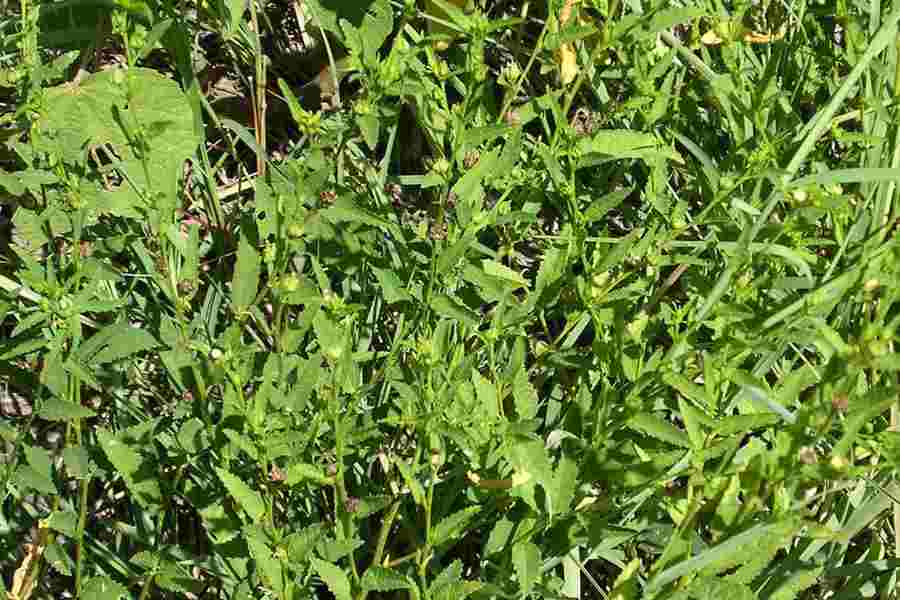- 您的话题内容不能为空。
- 作者帖子
- 5 3 月, 2025 2:53 下午 #580164

Stubborn grass, often seen as a pesky weed in gardens and lawns, has a variety of uses that go beyond its ability to grow in tough conditions.
While many people struggle with eradicating this plant, it has been utilized for several practical purposes across different cultures.
In this article, we will explore the various uses of stubborn grass and why it can be a beneficial addition to your gardening or farming practices when handled properly.
1. Erosion Control and Soil Stabilization
One of the most significant uses of stubborn grass is its ability to prevent soil erosion and stabilize the soil. The dense and resilient root system of stubborn grass makes it an excellent choice for areas prone to erosion, such as slopes, hills, and riverbanks.
When planted in these areas, it helps reduce the impact of water runoff, preventing soil from being washed away.
The deep roots bind the soil together, making it less susceptible to wind and water erosion. This natural method of soil stabilization is both eco-friendly and cost-effective.
2. Animal Fodder and Livestock Feed
Stubborn grass, despite being difficult to control in certain environments, can serve as valuable fodder for livestock. Its tough, fibrous texture makes it less palatable for some animals, but it is a nutritious food source for others, such as goats, sheep, and cows.
The grass is rich in fiber, which aids in digestion, and can be used to supplement their diet. In areas where other crops may not grow well, stubborn grass can be relied upon to provide forage during lean seasons.
However, it’s essential to monitor the quantity fed to animals, as excessive consumption may lead to digestive issues.
3. Mulching Material in Organic Gardening
In organic gardening, uses of stubborn grass include its role as an effective mulching material. When cut and dried, the grass can be used as mulch to cover garden beds. This layer of mulch helps retain moisture in the soil, reduces weed growth, and moderates temperature fluctuations. The organic matter also decomposes over time, enriching the soil with valuable nutrients. Mulching with stubborn grass is a sustainable way to recycle a commonly unwanted plant while benefiting your garden.
4. Traditional Medicine and Folk Remedies
In many cultures, stubborn grass has found its place in traditional medicine. While not as widely recognized as other medicinal plants, it is believed to have certain therapeutic properties, especially in indigenous practices.
Some people use the plant to treat minor wounds, skin irritations, and digestive issues. Its extracts and infusions may be applied as poultices for sores or used in teas to alleviate mild gastrointestinal discomfort.
However, it’s crucial to exercise caution and consult an expert before using any plant for medicinal purposes, as the effects can vary based on the specific variety and preparation method.
5. Biofuel Production and Sustainable Energy
Another innovative use of stubborn grass is its potential for biofuel production. Due to its fast-growing nature and abundance in certain regions, stubborn grass can be harvested and converted into biofuels, such as ethanol or biogas.
This process contributes to the growing demand for renewable energy sources and helps reduce dependence on fossil fuels. The grass can be processed into biomass, which is burned to generate heat and electricity or converted into liquid fuels for transportation.
Its high yield and low maintenance requirements make it an attractive option for sustainable energy production.
In conclusion, the uses of stubborn grass go far beyond just being an invasive weed. Whether it’s stabilizing soil to prevent erosion, serving as animal fodder, providing mulch for gardens, offering medicinal benefits, or contributing to biofuel production, this hardy plant proves its worth in a variety of ways.
By embracing its potential, we can turn what many consider a nuisance into a valuable resource.
Understanding the numerous benefits of stubborn grass can help you make the most of its unique properties and find practical applications that align with your needs.
Read Also: Adaptation mechanisms of grass and forage plants to stressful environments
- 作者帖子
- 哎呀,回复话题必需登录。

